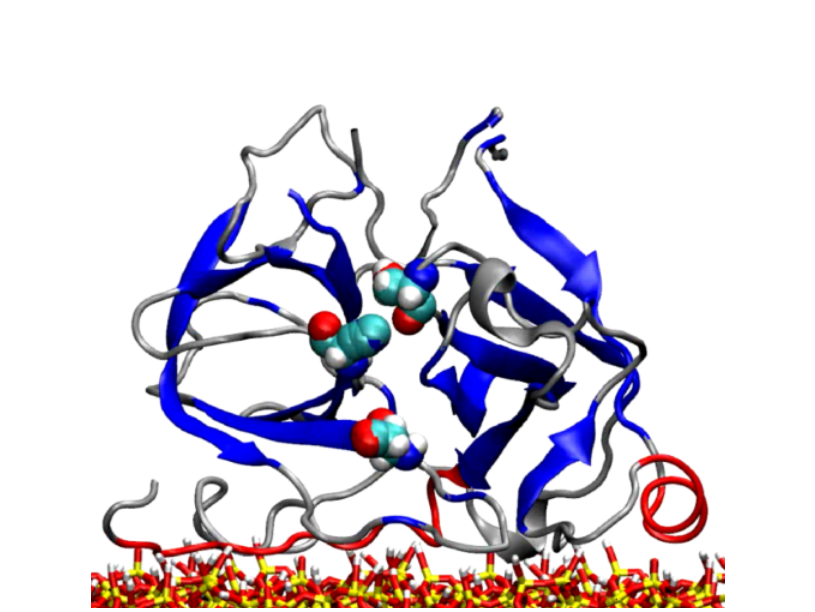2015 Nils Hildebrand
(BCCMS) visiting Prof. Giovanni Bussi in Trieste, Italy
22 November - 4 December 2015
The two weeks visit in the Molecular and Statistical Biophysics Group in Trieste was a productive, innovative and all around motivating experience. The opportunity of getting in touch with a group with longtime experience and expertise in a certain research field has provided precious insights and hints for my PhD project in Bremen.
The visit started with an extended meeting with Prof. Bussi and one of his PhD students. We exchanged recent research results informally and planed the stay at SISSA to make it as productive as possible. This included a talk from my side in front of the Statistical Biophysics department including an intensive discussion. On an hourly schedule I met each group member face to face on the next day and had time for a more intense and technically discussions. Scientifically, my PhD project in Bremen has encountered the question to simulate conformational changes of parts of bigger proteins. Increasing computational resources as well as gained experiences in our group allowed this step from smaller to bigger macromolecules. Particular advanced molecular dynamic methods are needed for this scientific question. These methods are among others developed and used in the host research group. After the first three days of discussions and scientific exchange with the host group members I focused on a small test system, the 4DAR5 peptide. With this system it was possible to get quick results using and monitor the advanced molecular dynamics simulation methods. Learning these methods has been the main purpose of the visit. Getting frequent feedback and hints from the host group members I performed the simulations and improved them iteratively. Hence, it was possible to cross a huge number of small common pitfalls as well as getting suggestions for improvements.
The gathered knowledge and experience are a huge enrichment for our research group in Bremen, leads us to the edge of up to date research in this field.



